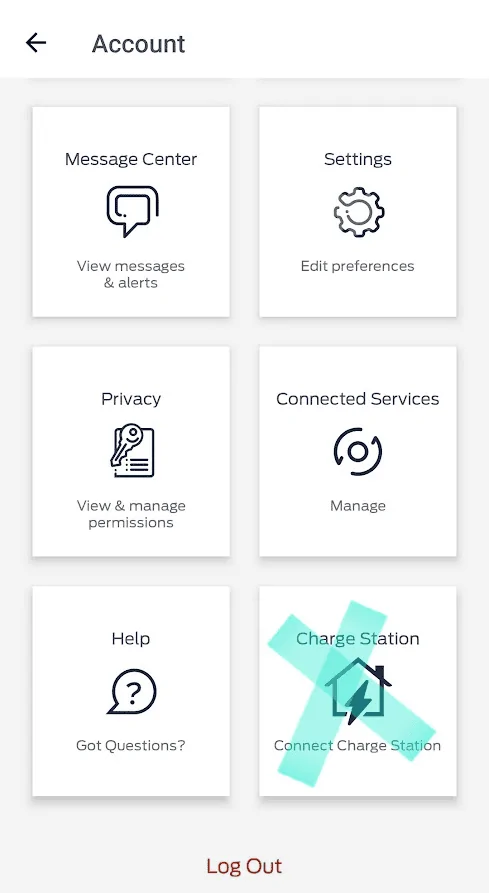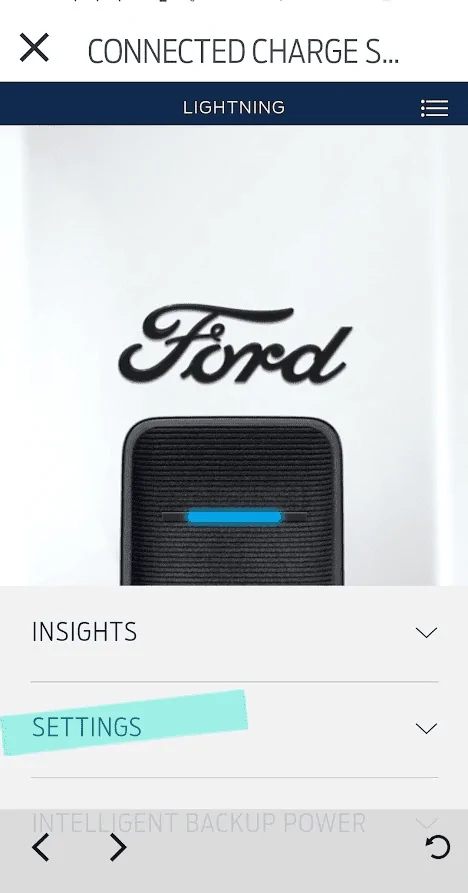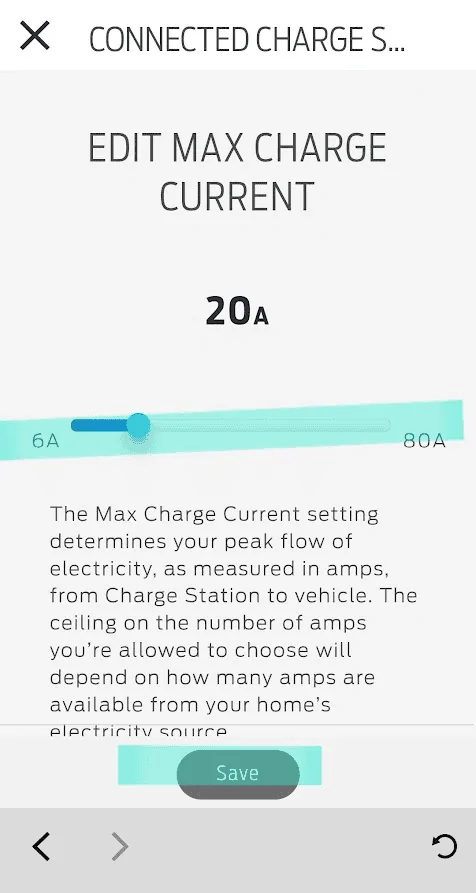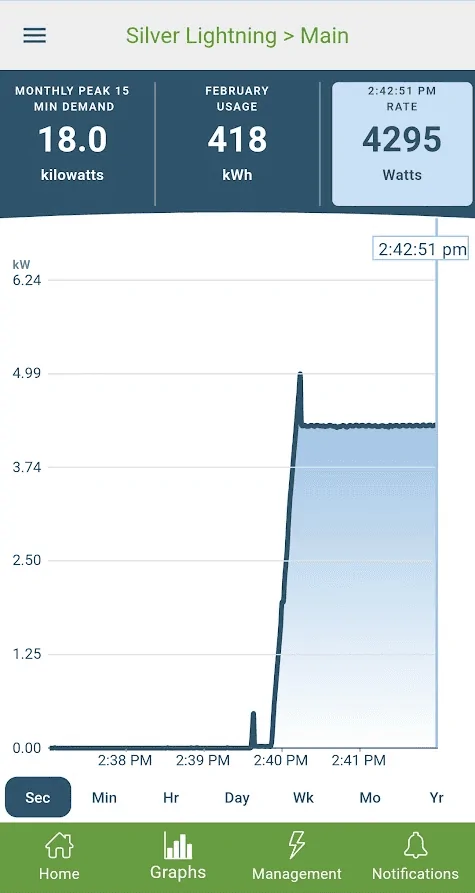PungoteagueDave
Well-known member
This presumes that FordPass will link with your FCSP and provide such control. I have owned an FCSP since August, SunRun installed it in early September, reinstalled it in November, and has had multiple techs to my house including their East Coast electrical superintendent, and three separate electrical installation teams, and no one can make the system or the app integration work. So for at least a subset of us with Lightnings and a FCSP, there is no way to derate, with vehicles well into ownership, over 12k miles, and no near term potential to do so.Actually, if you're using the FCSP, it is possible to derate the current flow without opening the cabinet
Below are Ford Pass steps, and my emporia vue2 readout to confirm that derating is possible.
Account--------------------Charge Station-------Settings--------------4295w / 240v ~18 amps




Sponsored





